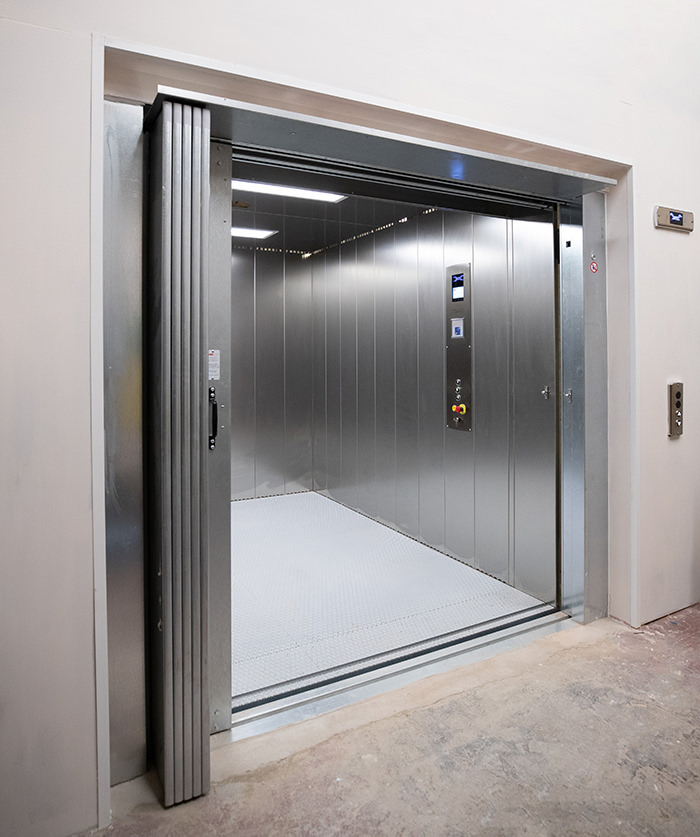We Maintain Lifts to the Highest Requirements: Reliable Service for All Lift Types
We Maintain Lifts to the Highest Requirements: Reliable Service for All Lift Types
Blog Article
Unwinding the Intricacies of Lift Modern Technology: Troubleshooting Common Problems Across Lift Designs
In the world of lift technology, a myriad of ins and outs usually lie below the surface of what appears to be an uncomplicated mechanism. From slow operation problems to peculiar noises originating from the equipment, repairing usual troubles across various lift models demands a keen eye for detail and a methodical technique - repair and maintenance services. As we start this trip to untangle the intricacies that can torment these important devices, a deeper understanding of the inner workings and possible pitfalls of lift technology is crucial. Stay tuned as we navigate via the maze of lift breakdowns, looking for options to the enigmatic issues that can interrupt the smooth functioning of these important apparatuses.
Determining Slow Operation Issues

Following, examine the electric connections to guarantee that all elements are effectively attached and functioning. Malfunctioning circuitry or loosened connections can cause reduce procedure or total malfunction of the lift system. In addition, it is important to check the control system to determine if the issue hinges on the programs or sensors.
If the aesthetic evaluation and electric checks do not expose the origin of the slow operation, further diagnostic examinations might be necessary. These might include pressure examinations for hydraulic systems, voltage examinations for electrical parts, or running analysis software program for the control system. repair and maintenance services. By following a systematic approach to fixing sluggish procedure problems, you can efficiently deal with the issue and identify, ensuring the lift runs securely and properly
Resolving Odd Sounds
To successfully troubleshoot lift modern technology for strange sounds, a detailed evaluation of the lift components complying with the recognition of slow-moving procedure problems is vital. Odd sounds in lifts can be indicative of underlying problems that need prompt interest to ensure the security and reliability of the system.
Furthermore, it is crucial to describe the lift producer's maintenance standards and seek support from qualified specialists when managing intricate lift components or strange troubleshooting procedures. By quickly solving and dealing with odd sounds underlying concerns, lift drivers can ensure the optimum efficiency and safety and security of the lift system for passengers and drivers.
Resolving Faulty Control Issues
An efficient method for resolving damaged control problems in lift innovation includes performing an extensive analysis of the control system's components More Info and capability. When encountering concerns with lift controls, it is essential to first check for any loosened links, harmed wiring, or malfunctioning sensors. Confirming that all control display screens, keypads, and switches are functioning properly is also vital in diagnosing the issue accurately.
If no visible problems appear, specialists ought to proceed to check the control panel for any indicators of water rust, overheating, or damages, as these can commonly result in control malfunctions. Additionally, resetting the control system or upgrading the software application may aid fix particular glitches or bugs creating the issue.

Tackling Hydraulic System Malfunctions
The effectiveness of hydraulic systems in lifts counts heavily on the appropriate functioning of various parts within the system. When hydraulic systems malfunction in lifts, it can lead to functional disturbances and security concerns.
In addition, abnormalities in hydraulic fluid degrees or unusual sounds throughout lift operation might indicate underlying system breakdowns that need immediate attention to protect against further damage. Routine upkeep and prompt troubleshooting of hydraulic system problems are critical you can check here to ensuring the secure and effective procedure of lift innovation.
Managing Electrical Part Failures
Resolving electric element failures in lift see it here technology requires a systematic method to detecting and dealing with concerns to preserve operational capability and safety and security standards. When encountering electrical issues in lift systems, it is important to initial perform an extensive inspection of the electrical elements, consisting of control board, wiring, sensors, and motherboard. Any type of signs of damage, corrosion, loose links, or burned aspects ought to be very carefully noted and addressed immediately to stop more problems.
In the case of electric component failings, it is necessary to follow maker standards for fixing and repair treatments. This may involve testing the parts utilizing multimeters, oscilloscopes, or other diagnostic devices to identify the precise source of the breakdown. Additionally, having a comprehensive understanding of the lift's electrical schematics and wiring layouts can help in recognizing and rectifying problems efficiently.
Regular upkeep and assessment timetables can help protect against electrical failings by discovering potential concerns at an early stage. Proper training for lift specialists on electrical systems and parts is additionally important to make certain precise diagnosis and efficient resolution of electrical troubles, inevitably adding to the total safety and reliability of lift procedures.
Conclusion
In conclusion, repairing lift innovation requires an organized method to recognize and address common issues such as slow operation, strange sounds, faulty controls, hydraulic system malfunctions, and electric element failures. By comprehending the complexities of lift modern technology and complying with correct fixing steps, professionals can properly settle issues and ensure the risk-free and efficient operation of lifts throughout various versions.
To successfully troubleshoot lift modern technology for strange noises, an extensive assessment of the lift components adhering to the identification of sluggish operation problems is crucial. Strange sounds in lifts can be indicative of underlying problems that require timely interest to ensure the safety and security and integrity of the system.An efficient method for dealing with defective control problems in lift innovation involves performing a detailed assessment of the control system's components and functionality.The effectiveness of hydraulic systems in lifts relies heavily on the correct functioning of numerous components within the system. repair and maintenance services. When experiencing electrical problems in lift systems, it is critical to first perform an extensive evaluation of the electric elements, consisting of control panels, wiring, sensors, and circuit boards
Report this page